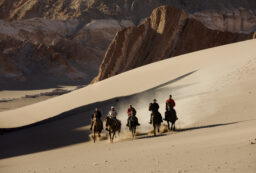
By Trudie Earle
On a hot afternoon, the sun sets over Café Del Mar in Cartagena and the accordion Andres Herrera accompanies the crooning voice of Kaleth Morales: Es como estar en ningún lugar, vivo en el limbo – It’s like being nowhere, I live in limbo. Music lives and breathes in Colombia, and effortlessly people dance to salsa and reggaeton well into the early hours of the morning. Simplicity is the way of life. Family, Music, Food – in that order.
Colombia is a country of intense national pride, and for so long, a country full of secrets, a place considered so dangerous that tourists kept away. However, engrained deep in the people of Colombia is a love for a country so special, so unique, and so welcoming. From the beaches of Tayrona National Park to the jungles of Minca, the mountains of Medellin and everything in between, Colombia is a country worth visiting – so worth it that you’ll be dreaming of the salsa and empanadas even well after your trip is over.
Beau Monde Traveler takes a look at three must-visit destinations in Colombia that serve up a welcomed dose of sun, sea and salsa.
Cartagena
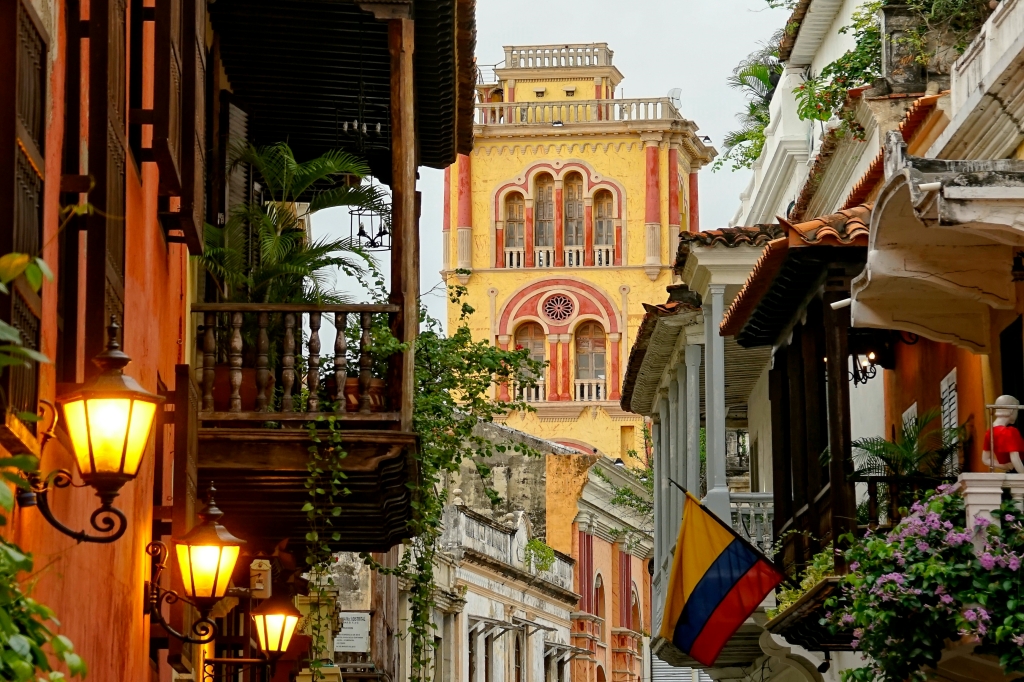
Cartagena, the jewel of the Indies, a city guarded with tall, fortified walls and watchtowers. It was a city once targeted by pirates and with so much wealth in gold that it became one of the most protected cities of the Spanish Empire. Today, the walls still stand but instead of keeping people out, they exist as the perfect viewpoint for watching the setting sun over the warm swell of the Caribbean Sea.
There are many reasons Cartagena is a must-see city in Colombia. The Walled City – La Ciudad Amurallada – is just one part of the city, but it sure is impressive. Colourful colonial buildings populate narrow streets of hostels, hotels, bars, and boutiques and from the balconies, flowers bloom, vibrant and in lieu of the energy of the city. Throughout the day, Cartagena is alive with energy of tourists visiting from all parts of the world and electrified with diverse culture, displayed in food, music and dancing. Market stalls sell fresh lemonade and empanadas. Beautiful, smiling Palenqueras precariously balance a tray of fresh fruit on their head, donned in bright flowing dresses.
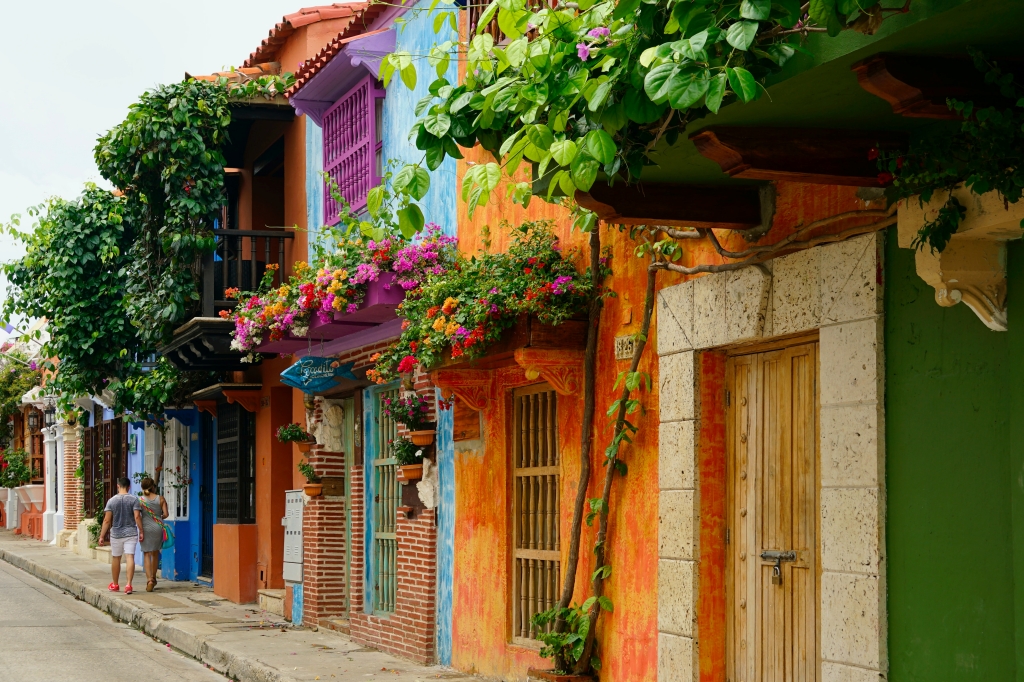
Cartagena is without a doubt one of the most “touristy” places in Colombia but spend a night there and it’s so easy to see why. Whilst inside the Walled City during the day feels like a brilliantly buzzing marketplace with upmarket boutique shops, at night, the city is electric with music and dancing. Bars are open late night, and the tables spread out onto the cobblestone streets. The colourful architecture illuminated by the lights of bars and restaurants that serve up a healthy dose of cerveza and fresh ceviche.
For those who are brave enough to wander outside the Walled City, the nearby neighbourhood of Getsemani showcases brilliant colours and street art. Small, authentic coffee shops, cafes and restaurants add to the charm. The neighbourhood is home to the famous Latin club, Habana Café – the perfect place to enjoy live Latin music and dance the night away.
See & Do:
- Bring your own drinks or visit Café Del Mar and watch sunset over the Caribbean Sea
- Street art in Getsemani
- Colourful colonial buildings in the walled city
- Dance to live Latin music at Habana Café
- Cocktails on the Townhouse Boutique Hotel Rooftop
Stay:
- Sophia Hotel, Downtown Calle 32 # 4 – 45 Plaza de la Aduana Cartagena de Indias
- Sofitel Legend Santa Clara Cartagena, Calle Del Torno 39-29, Barrio San Diego
- El Marqués Boutique Hotel, Calle Nuestra Señora del Carmen No. 33 – 41
"Colourful colonial buildings populate narrow streets of hostels, hotels, bars, and boutiques and from the balconies, flowers bloom, vibrant and in lieu of the energy of the city."
Rosario Islands
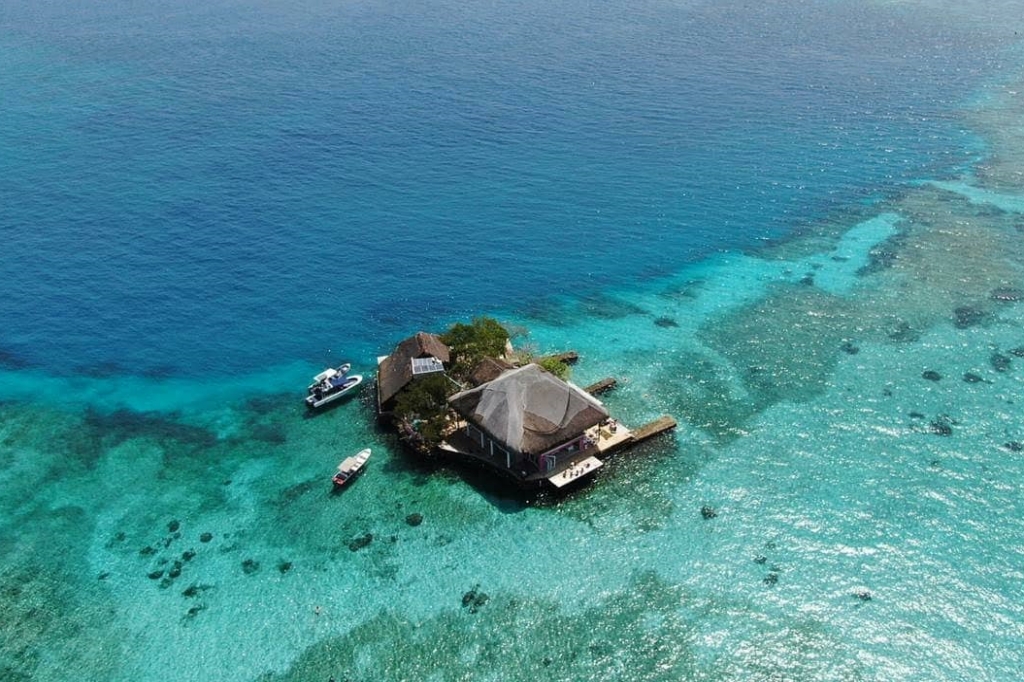
Yo Ho, Yo Ho! A Pirates Life For Me… Hop aboard a boat from Cartagena and within an hour of sailing the high seas, you’ll arrive at the Rosario Islands, a well preserved and protected archipelago in the sparkling Caribbean Sea. The islands are a stark contrast to the busy cobblestone streets of Cartagena but are easy enough to visit for the day, or even for a few days at one of the small boutique eco-lodges located throughout the sea. Forget high-rise beachfront resorts, these accommodations are back to basics with thatched ceilings, hammocks and a sea breeze to cool you of an evening.
The archipelago is comprised of around 30 islands, only some of which are inhabited. The waters are warm, still and dotted with reefs, making it the perfect place to swim and snorkel, especially as the area is part of Colombia’s extended National Parks area, so the marine wildlife and reef is protected. There are over 1300 species of marine animals and plants to be seen, and with the water being exceptionally clean and clear spotting them should be no problem at all!
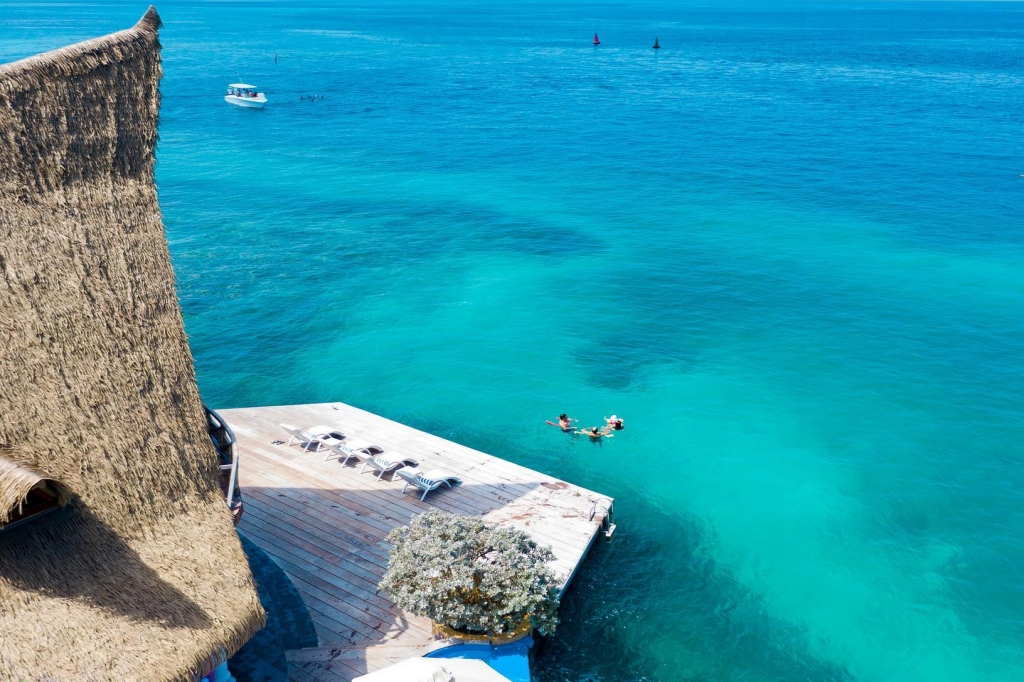
Isla Barú is the most popular of the Rosario Islands, and this is because it is one of the largest and easiest to access. Expect stretches of stunning white sand, soft between the toes, cabanas, and day loungers, as well as a swell of warm, turquoise water. Walk among the coconut trees and go exploring for treasure at Isla Del Pirata (Pirate’s Island), or swim amongst the magical bioluminescent plankton at the Laguna Encantada on Isla Grande. The water of the lagoon lights up with the sparkling of rare type of plankton that glows in the darkness, glittering like a starry night sky.
Due to the location, many of the larger islands that make up the archipelago have restaurants that serve up incredible fresh seafood. It’s not out of place to see fishermen arriving alongside tables at a restaurant, handing over fresh caught lobster and fish. Don’t forget to pack your sunscreen!
See & Do:
- Snorkel the reefs of the many islands
- Look for lost treasure on Isla Del Pirata
- Go kayaking through the mangroves on Isla Grande
- Party on Isla Cholon
- Charter your own private yacht around the islands
Stay:
- Isla Rosa, Islas del Rosario, Provincia de Cartagena, Bolívar, Colombia
- Isla Matamba, Isla Grande, Islas Del Rosario City, Cartagena De Indias
- Isla del Pirata Hotel, Parque Natural Islas Del Rosario, 130019 Isla del Pirata, Colombia
"These days, Cali is considered the salsa capital of the world – a city of rhythm full of eclectic street parties and festivals"
Cali

After spending some time on the sunny, sandy Caribbean coast, it is time to head inland and hunt down some salsa. Cali, although not a city rich in sights, is a city rich in culture and music – a city of soul, and feet that move as fast as a hummingbird and effortlessly to booming afro-beats. Let’s get to the facts first – Salsa was not born in Cali – but it was the Caleños, the local people of Cali, who embraced the salsa of the Harlem nightclubs and brought it into the barrios of the city. Much of the love for salsa comes from the ethnic diversity of Cali as a city. A population heavy with African descendants encouraged the fast-paced music style, which evolved and grew even more in popularity with the rise of the 1980’s cartel who threw lavish, over-the-top parties and invited people to dance salsa.
These days, Cali is considered the salsa capital of the world – a city of rhythm full of eclectic street parties and festivals. It’s the best place to visit for learning salsa but keep in mind, this isn’t just any old salsa – you’ve got to do more than just a quick one, two step and a shake of the hips. To keep up with your dance partner, immerse yourself in the beat, the rhythm and let the music take control, and don’t forget to move, move, move your feet! Cali has its own rendition of dance, salsa caleña which involves amazingly fast feet movement and spins – be prepared to get dizzy.

As well as salsa, Cali is known for its very own Cristo Rey, a 10-foot statue of Jesus Christ like that of Cristo Redentor – or as we know it in English, Christ the Redeemer in Rio de Janeiro (Brazil). Cali’s own rendition, Cristo Rey is the 10th tallest Christ statue in the world and is reflective of the Catholicism in Colombia that was introduced by the Spanish colonists in the 14th century. As well as the statue, the city pays homage to religion in the colonial and gothic style churches and buildings. The Iglesia de la Merced looks unassuming from the outside but hidden inside is a beautiful gold baroque altar topped by the Virgin of Mercy, the patron saint of Cali. The church itself dates back to 1545 and is a must-see, a stark contrast to the otherwise metropolitan city.
See & Do:
- The golden altar at Iglesia de la Merced
- Cristo Rey, Cerro de los Cristales
- Salsa lessons at Sabor Manicero Academy
- Visit the World Salsa Festival (every September)
- Party with the locals at La Topa Tolondra
Stay:
- Movich Casa del Alferez, Ave 9. No #9-24, Cali Colombia
- Now Hotel, Avenida 10n-74 Barrio Granada, Cali Colombia
- Acqua Santa Lofts Hotel, Avenida 106A, No #18-51, Ciudad Jardin, Cali Colombia
***
From the fast-moving of salsa feet, to the lazy, laidback beaches of the Rosario Islands and the colourful colonial buildings in Cartagena, Colombia is a country calling you, arms wide open ready for embrace. The richness in culture and diversity is what makes Colombia special – each city offers up something unique to be discovered. Get acquainted with the relaxed Colombian way of life – and brush up on how to order a beer (or two!) – dos cervezas, por favor!







